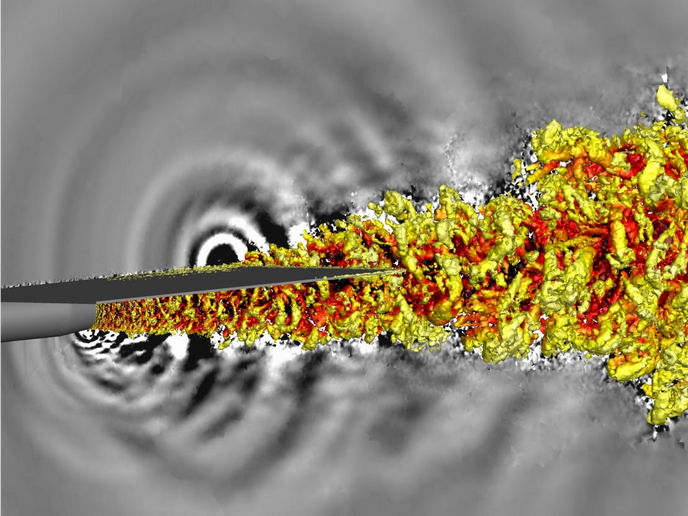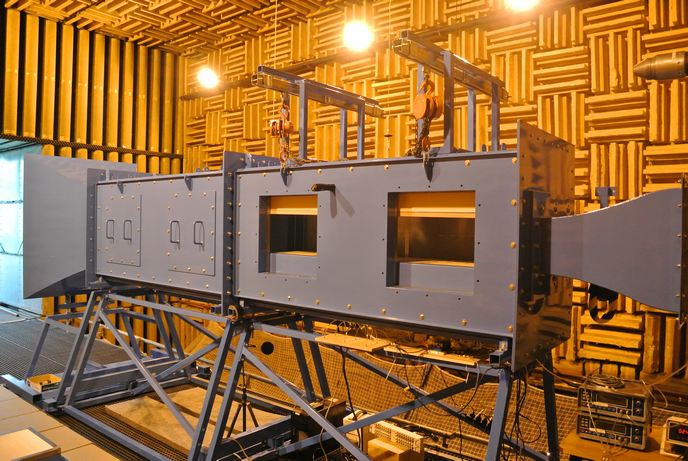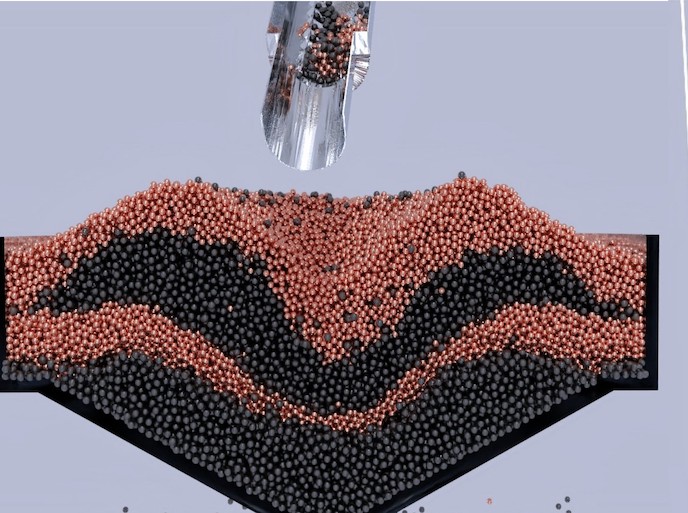Facing the challenge of market fluctuations in shipping
The passenger ship sector is of significant importance for European shipyards and is also showing signs of growth, even though the bulk of shipbuilding is moving to Asia. On the other hand, modern tanker industry trends are putting pressure on shipbuilders' competitiveness, design and construction methods, as well as on efficient use of human resources. Design- and engineering-cycle times have been significantly reduced due to shorter delivery times dictated by heavy market competition. At the same time, project size has grown and technical demands are becoming more challenging. As one of Finland's largest shipyards, Aker Finnyards has been active within the Fifth Framework Programme in several R&D projects. The Finnish shipyard is renowned for its ability to carry out demanding shipbuilding projects. Within the EFFORT project, research targeted the refinement of the FINFLO-SHIP code used for solving viscous flows around ships' hulls and propellers. They primarily aimed to speed up execution times and improve the user-friendliness of the FINFLO software package, which allows fast modelling and easy checking. The development of this Navier-Stokes flow equations solver dates back to 1987, when a research project in Computational Fluid Dynamics (CFD) modelling techniques started at the Helsinki University of Technology. The validity of up-to-date versions of the code was tested thoroughly by evaluating the viscous flow around the hull of a modern research vessel at full-scale Reynolds numbers. The main validity issues addressed were the wake, resistance, thrust, in addition to the elevation of the free surface. Equipped with a strong bulbous bow, stern and transom, the selected vessel was a challenging case characterised by strongly curved lines and therefore high demands on the grid generation. Results demonstrated the need for attention to be paid to the influence of the grid resolution in order to obtain grid-independent solutions. Future efforts will be focused on speeding-up computations by means of effectively parallelising the FINFLO-SHIP code and using large parallel computers.






